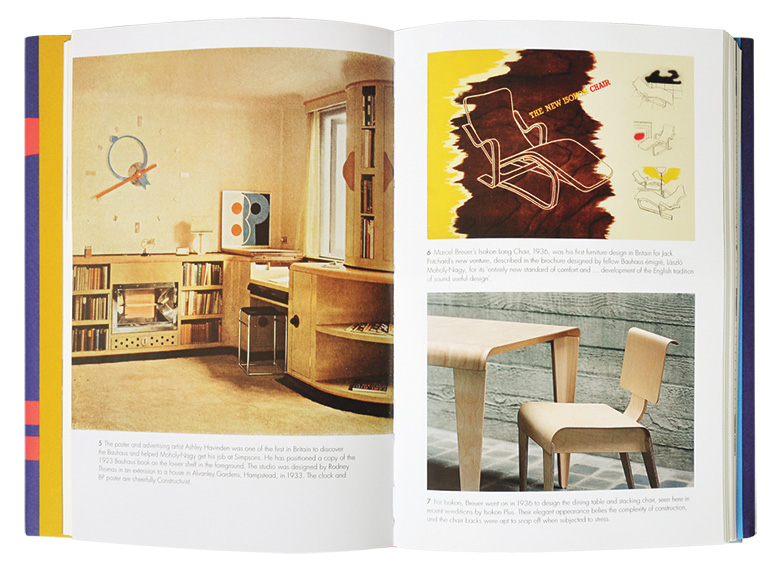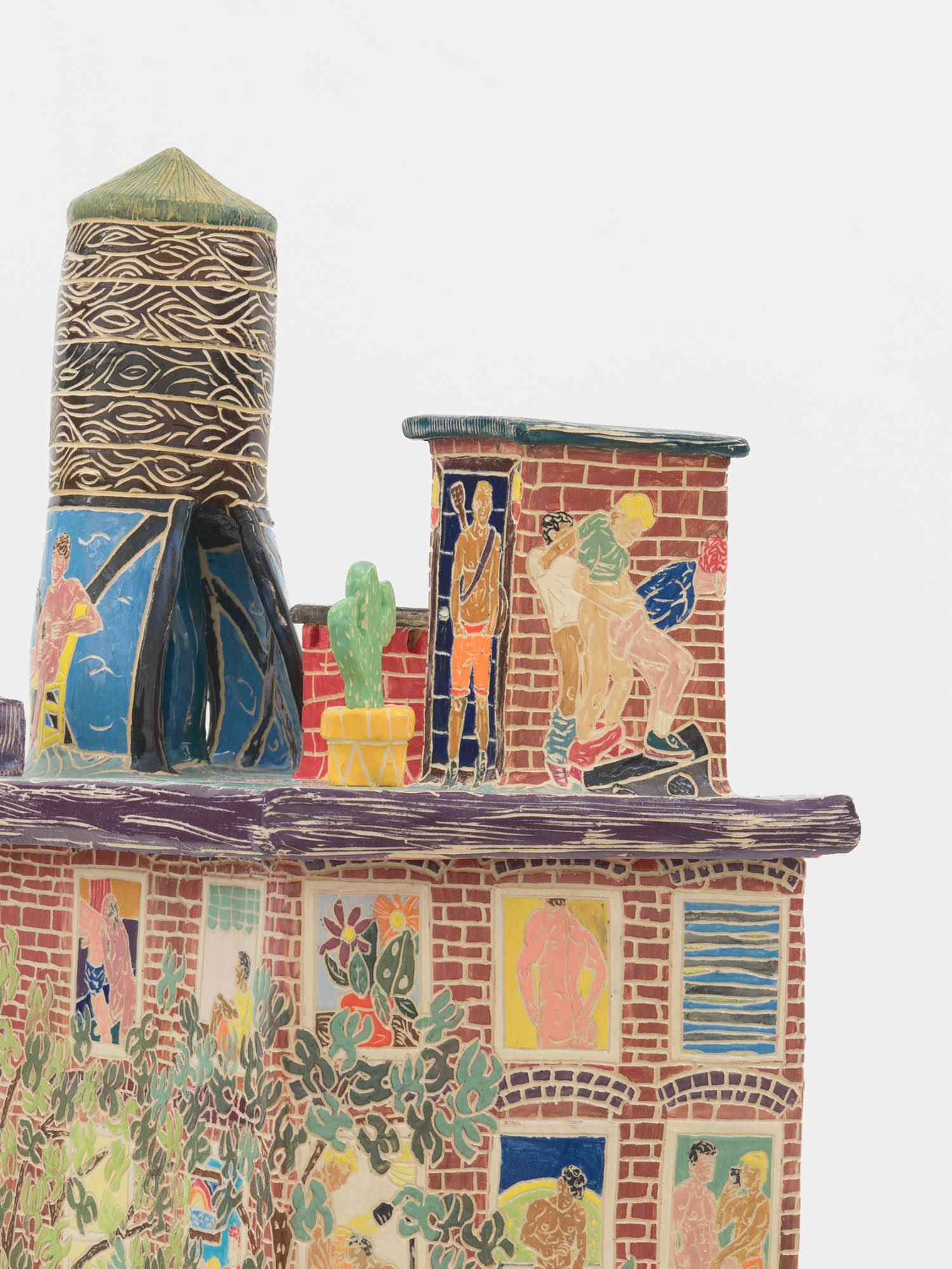Books Editor Stanley Abercrombie Reflects on the 100-Year History of the Bauhaus
The Bauhaus, perhaps the most important school and movement in design history, was founded in April 1919 by Walter Gropius, who facilitated the merging of two older art academies in Weimar, Germany. Relocated to Dessau in 1925, it flourished until 1932 when it moved to Berlin; a year later it was closed by the Nazis for being “Bolshevist” and “degenerate.” Publisher Thames & Hudson delivers two standout reads from the current crop of books and exhibitions commemorating this seminal centenary.
Read More: AvroKO Channels the Bauhaus and Havana for the Scott, a Luxury Resort in Scottsdale

Bauhaus Goes West follows Gropius from Berlin to London, where he calls on his star pupil and future partner Marcel Breuer to join him. After a couple of years, they both cross the Atlantic to the Harvard University Graduate School of Design, after which they open a joint firm before each establishes his own practice. László Moholy-Nagy also goes to London but then to Chicago where he transforms an existing art school into a New Bauhaus (although he comes to shun that term as too “German”). We also see Ludwig Mies van der Rohe, the last director of the Bauhaus, going to Chicago to head the architecture school of the Illinois Institute of Technology. Farther south, artist Josef Albers, his wife, weaver Anni Albers, and theater pioneer Xanti Schawinsky use their Bauhaus experience to turn a North Carolina college called Black Mountain into a magnet for American talents such as composer John Cage, choreographer Merce Cunningham, and painters Kenneth Noland and Robert Rauschenberg. Alan Powers tells these colorful histories with a happy combination of scholarship and readability.
Read More: Gensler Channels Bauhaus master Ludwig Mies van der Rohe for Mercedes-Benz USA

Bauhaus Imaginista accompanies an exhibition of the same name running until June 10 at Haus der Kulturen der Welt in Berlin. Other exhibitions are planned for Moscow and Tokyo, the Bauhaus-Museum Weimar just bowed, and another opens later this year in Dessau. But this book takes us farther afield. It offers 33 essays divided into four sections. The first, “Corresponding With,” examines examples of art and design schools founded in Asia at the time of the Bauhaus. The second, “Learning From,” considers, among other things, African carpets influencing Bauhaus painter Paul Klee and African chairs influencing Breuer. “Moving Away” looks beyond the original concepts of the “unity of art and craft” and of “art and industry” toward a view of design as “a tool for improving life,” and concern for goals such as freedom and democracy. And the final section, “Still Undead,” asks how the ideas of a century ago, because of their international connections, remain influential today in both the Western and non-Western worlds.
These essays expand our image of the Bauhaus to include not only the story of ideas coming “from all points of the compass” to Weimar, Dessau, and Berlin but also the story of “unknown artistic impulses worldwide for which the Bauhaus served as catalyst.” It links Bauhaus concepts to those in Mexico, Morocco, Tunisia, Nigeria, Brazil, China, Japan, Russia, India, and even to some earlier civilizations.
Both books tell us much about the Bauhaus’s 13 years in Germany, but together they also provide a new and broader context than generally appreciated for that school’s still shining example.
Read all about the Tel Aviv loft by Axelrod Design in a Bauhaus-style building—it took home a 2018 Best of Year award.


